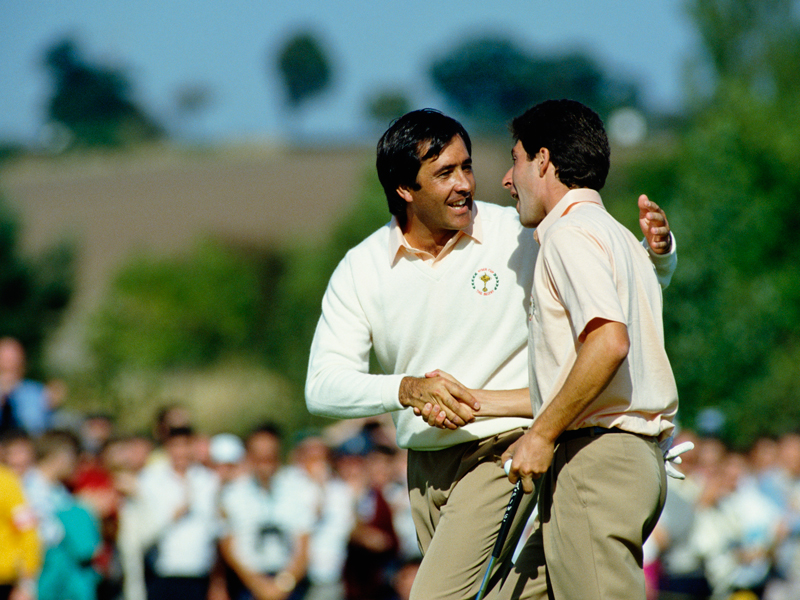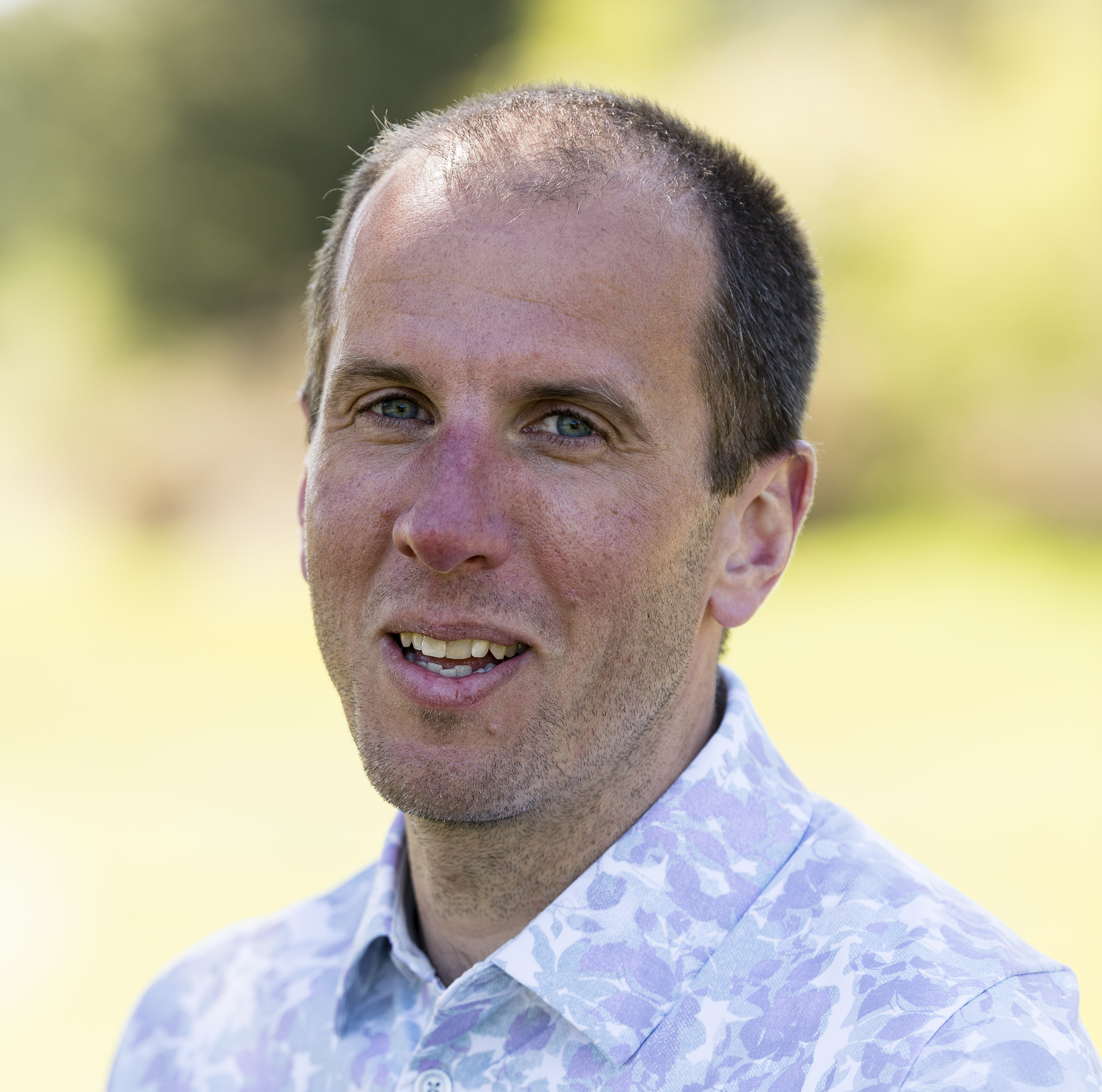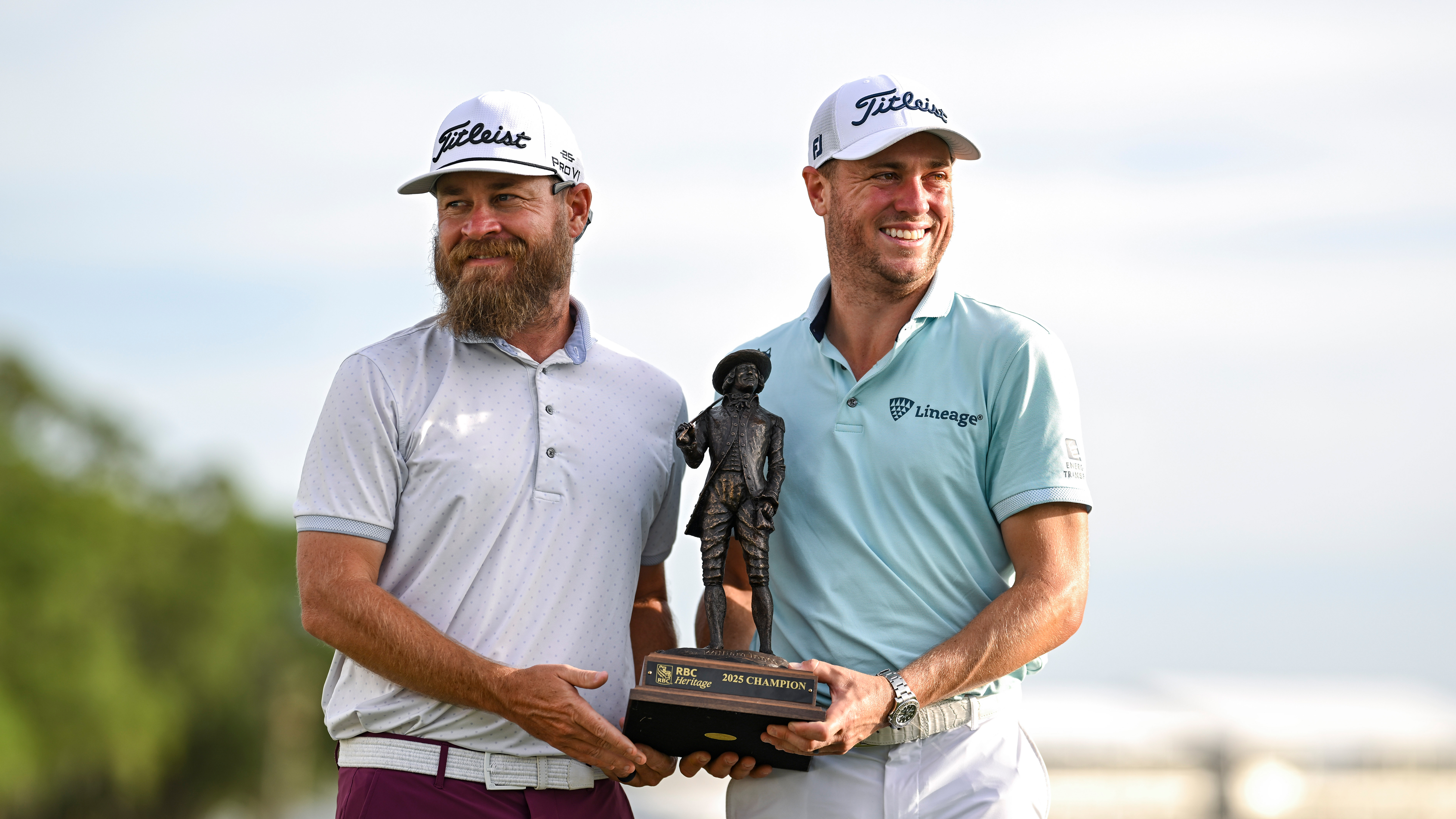Bill Elliott: A Golden Era For The Ryder Cup
Bill Elliott picks out some highlights from his time covering The Ryder Cup


Our editor-at-large picks out some of the highlights from his time covering The Ryder Cup in what has been a wonderful few decades for the competition
It’s been a trip, a long, winding, wonderful trip. From my first Ryder Cup matches at Lytham in 1977 through to this latest rumble back in the US of A, I’ve watched them all, written about them all and, most important, enjoyed them all. Some more than others.
This 2016 Minneapolis gig will mark the 40th matches since Sam Ryder had his big idea in between selling seeds to gardeners. Turns out I’ve covered 18 of them, a posse of Ryder Cups that, when traced back, show how much the old tussle has changed.
For a start, Lytham turned out to be the last of the Great Britain & Ireland teams, a side studded with future stars like Ken Brown – who, when turned on his side, became hard to see he was so skinny back then – and Nick Faldo, whose willowy swing was to be deconstructed before being rebuilt several years later as he embarked on his own epic journey.
The Americans whacked us at Lytham – as they always did – and so two years later I found myself at Heathrow and standing beside Seve Ballesteros as he and I checked in to fly to Washington. The European team was born and, to celebrate, we all flew together, journalists and players and officials. At the back of the BA plane in economy. Yes, all of us.
Ken Schofield, the European Tour boss, was two seats away from me, and captain Tony Jacklin was in the row behind. It was all a long way from the style in which the players travel now and when a chippy stewardess (they weren’t cabin attendants yet, leave me alone) spilled red wine down Jacko’s new chinos the great man’s idea to fly Concorde next time was ignited.
Before then, however, I watched in awe as surely the greatest team ever was launched at Walton Heath by the Americans in 1981. Here we go... Lee Trevino, Jack Nicklaus, Tom Watson, Ray Floyd, Johnny Miller, Ben Crenshaw, Hale Irwin, Bruce Lietzke, Tom Kite, Larry Nelson, Bill Rogers and Jerry Pate. They won by nine points. Fabulous. By the way, our PGA and the European Tour paid – yes, paid – the Surrey club £10,000 to hire the course for the week; a slight contrast to the millions now paid by clubs to host the event.
Get the Golf Monthly Newsletter
Subscribe to the Golf Monthly newsletter to stay up to date with all the latest tour news, equipment news, reviews, head-to-heads and buyer’s guides from our team of experienced experts.
Four years later the most wonderful matches of modern times took place at The Belfry. Jacklin, complete with new, unstained trousers, was skipper of course and in front of a hugely enthusiastic crowd the Americans were finally beaten for the first time since 1957. A lot of people cried, a military band played Land Of Hope And Glory, Concorde did a fly-by in salute and the era we now enjoy so much was ushered in.
Later that evening my quiet game of snooker was interrupted when Sam Torrance burst in and while I scarpered, my opponent, the late, great Frank Clough of The Sun, found himself lifted away by Sam and tossed merrily into the hotel swimming pool where he joined other players and their wives, by now stripped to their bras and pants. On reflection, maybe I shouldn’t have scarpered.
From here on in – once everyone dried off – the Ryder Cup became a serious contest with Europe edging it more often than not. With success came money, lots of money, and the European Tour prospered. People who could not have cared less about pro golf cared about these matches, and they still do. The format is perfect, the three days long enough, the contrast to 72-hole tournaments as vivid as silk to concrete.
The memories of them all flood my happy head. Kiawah Island and the nonsense that went on there; Valderrama and a crazed, inspirational Ballesteros; victory for the first time in the USA at Jack’s place, of all places, in Ohio; Brookline, Boston, and the nastiest sports crowd I’ve witnessed in golf. Not good for the game, maybe, but great for publicity and increasing that fan base.
Yes, it’s been terrific fun as well as, at times, exhausting. A challenge, too, for the players, especially the truly talented ones who have always had to shore up the rest of the side. I recall, for example, the 1989 matches at The Belfry again and a halved contest that meant Europe retained the trophy.
Faldo, by then acknowledged as the world’s best, played in every segment that weekend and when I spoke to him on that Sunday evening in the Midlands he looked ten years older than when he had started three days earlier. “Tired?” he said. “Tired? I’m completely and utterly bloody exhausted. In fact, I have never felt so exhausted before and I hope I never will again.”
The important thing is that he was grinning as he told me this, really grinning. Happy, happy days for us all.
- Bill Elliott is Golf Monthly’s editor-at-large and Golf Ambassador for Prostate Cancer UK
David joined Golf Monthly in 2015 as a content editor for the magazine and regularly contributes to the website. He has worked in magazine publishing and editing since 2003. He is a keen golfer and up until recently was a member of Blackmoor Golf Club in Hampshire. He has covered various big events and tournaments for GM, the highlight of which was witnessing Tiger Woods win his 15th Major at Augusta in 2019. Email: david.taylor@futurenet.com
-
 Justin Thomas Confirms Stand-In Caddie Will Not Replace Long-Term Looper After First Victory Since 2022
Justin Thomas Confirms Stand-In Caddie Will Not Replace Long-Term Looper After First Victory Since 2022Thomas won the RBC Heritage with Max Homa's former looper, Joe Greiner as his assistant but is looking forward to welcoming his regular caddie back soon
By Jonny Leighfield
-
 Rose Zhang Ruled Out Of Chevron Championship
Rose Zhang Ruled Out Of Chevron ChampionshipThe American hasn't featured in a competitive event since withdrawing from the T-Mobile Match Play, with it reported that Zhang will miss the Chevron Championship due to an ongoing neck injury
By Matt Cradock